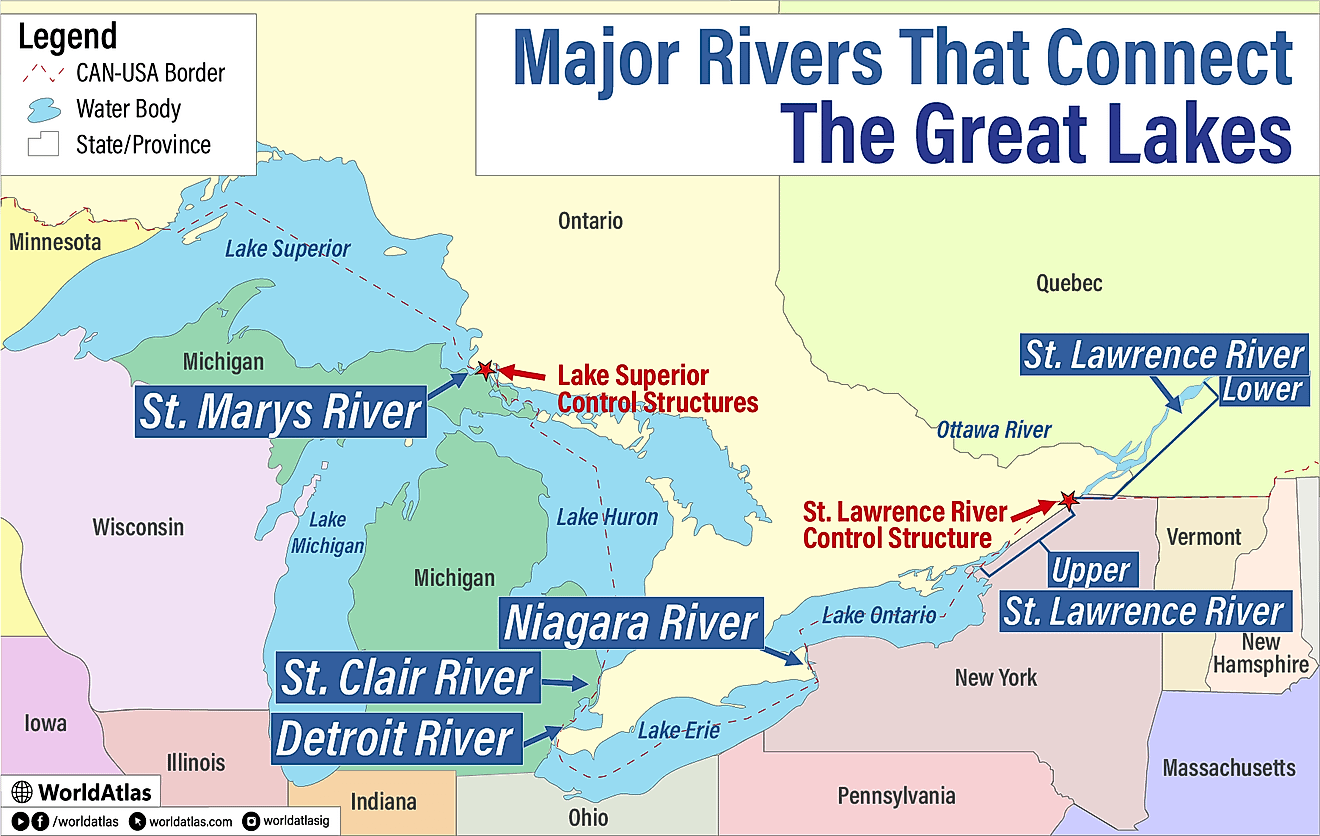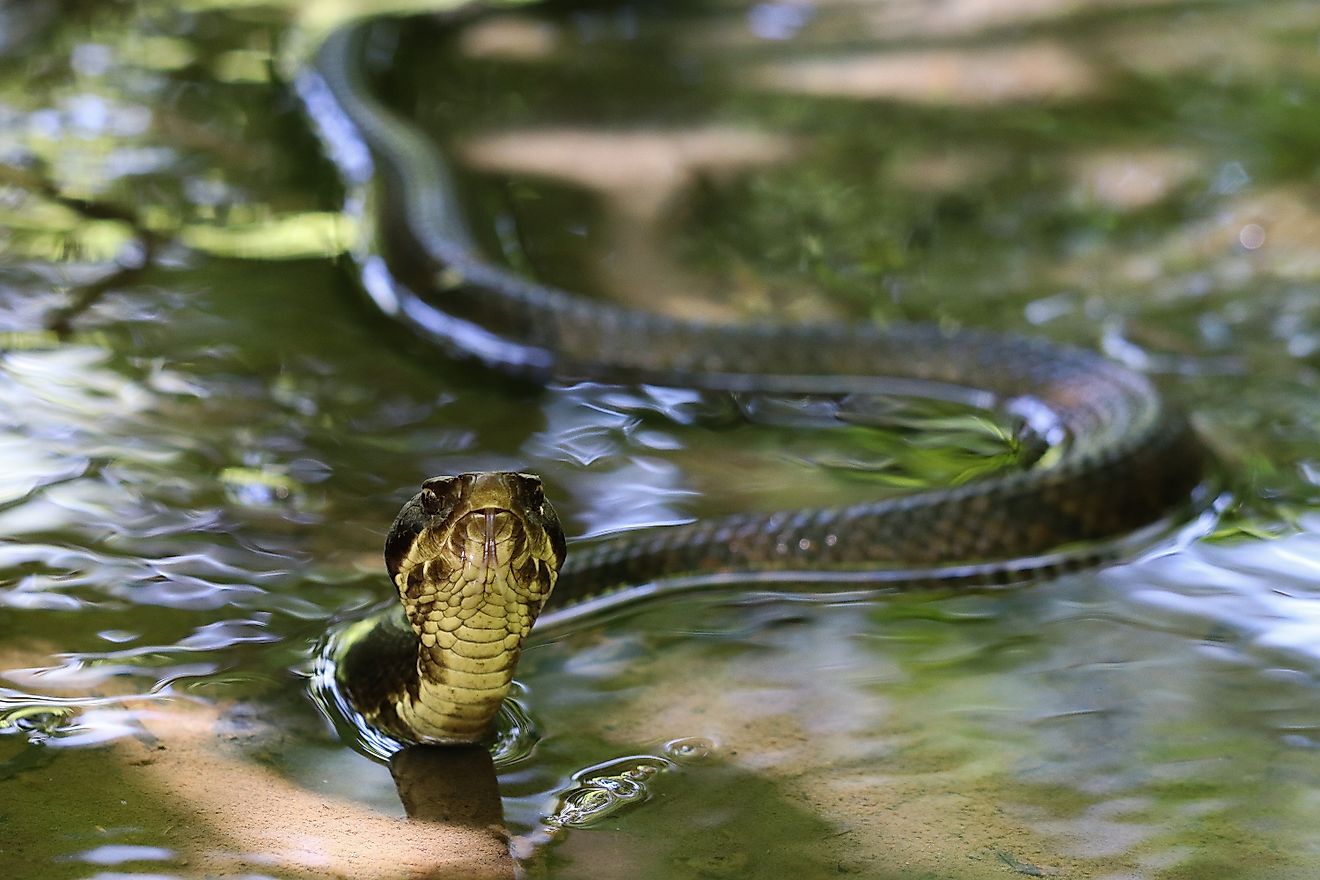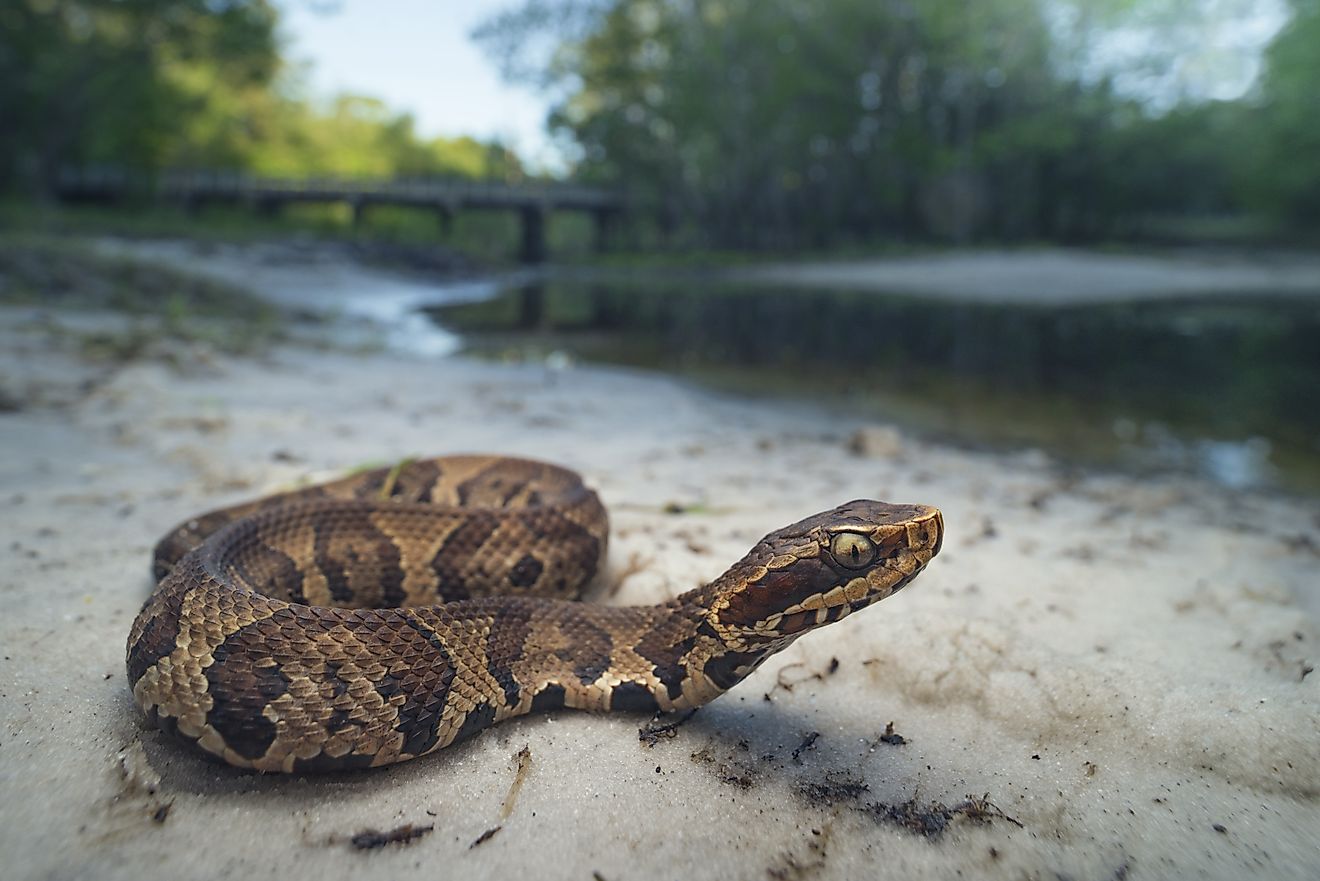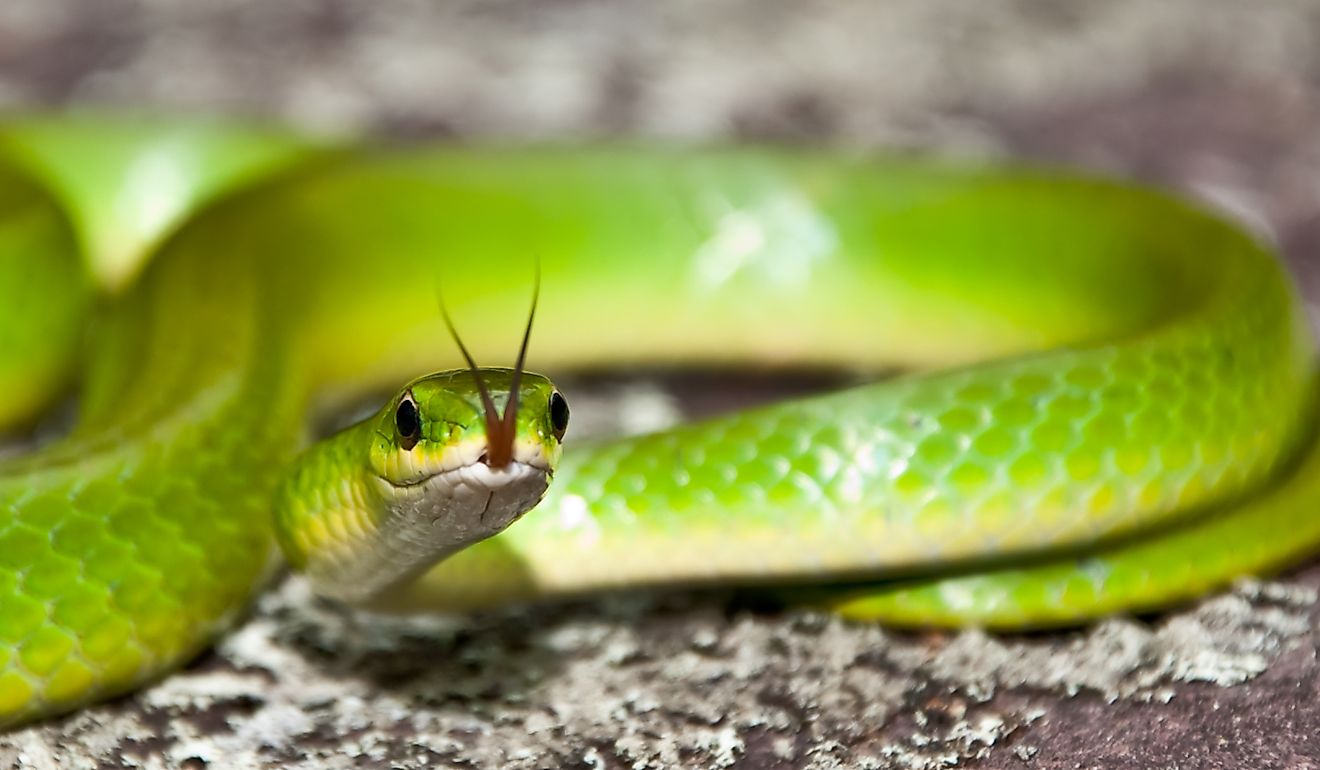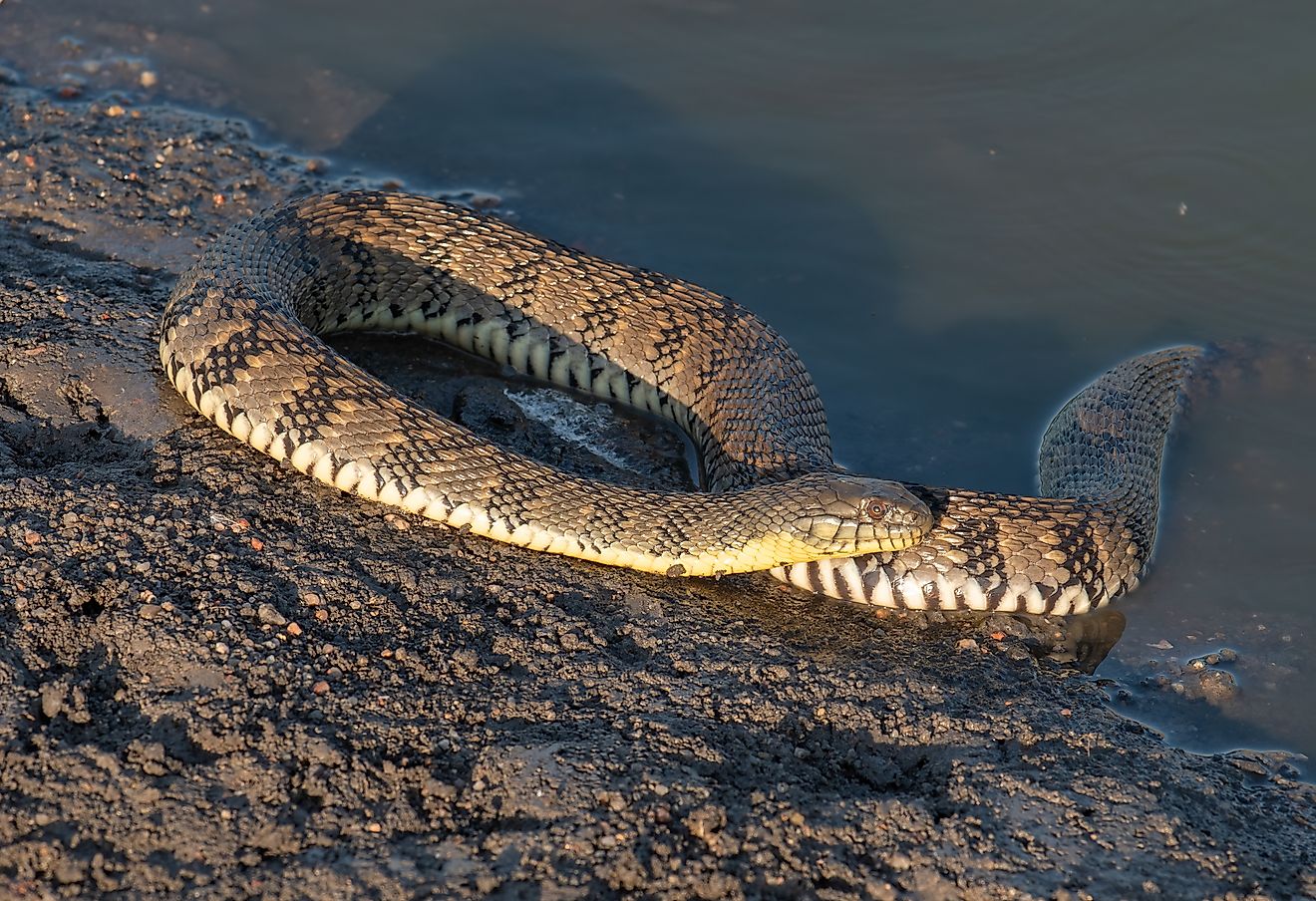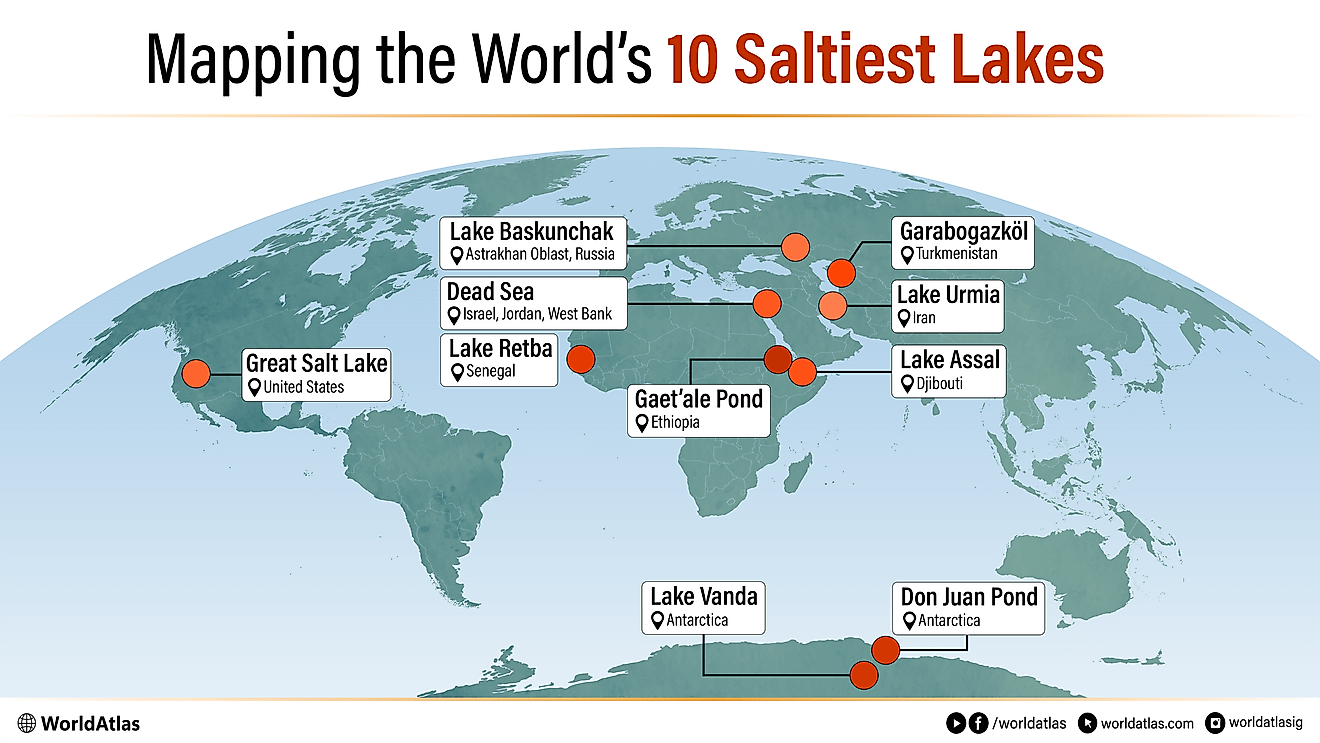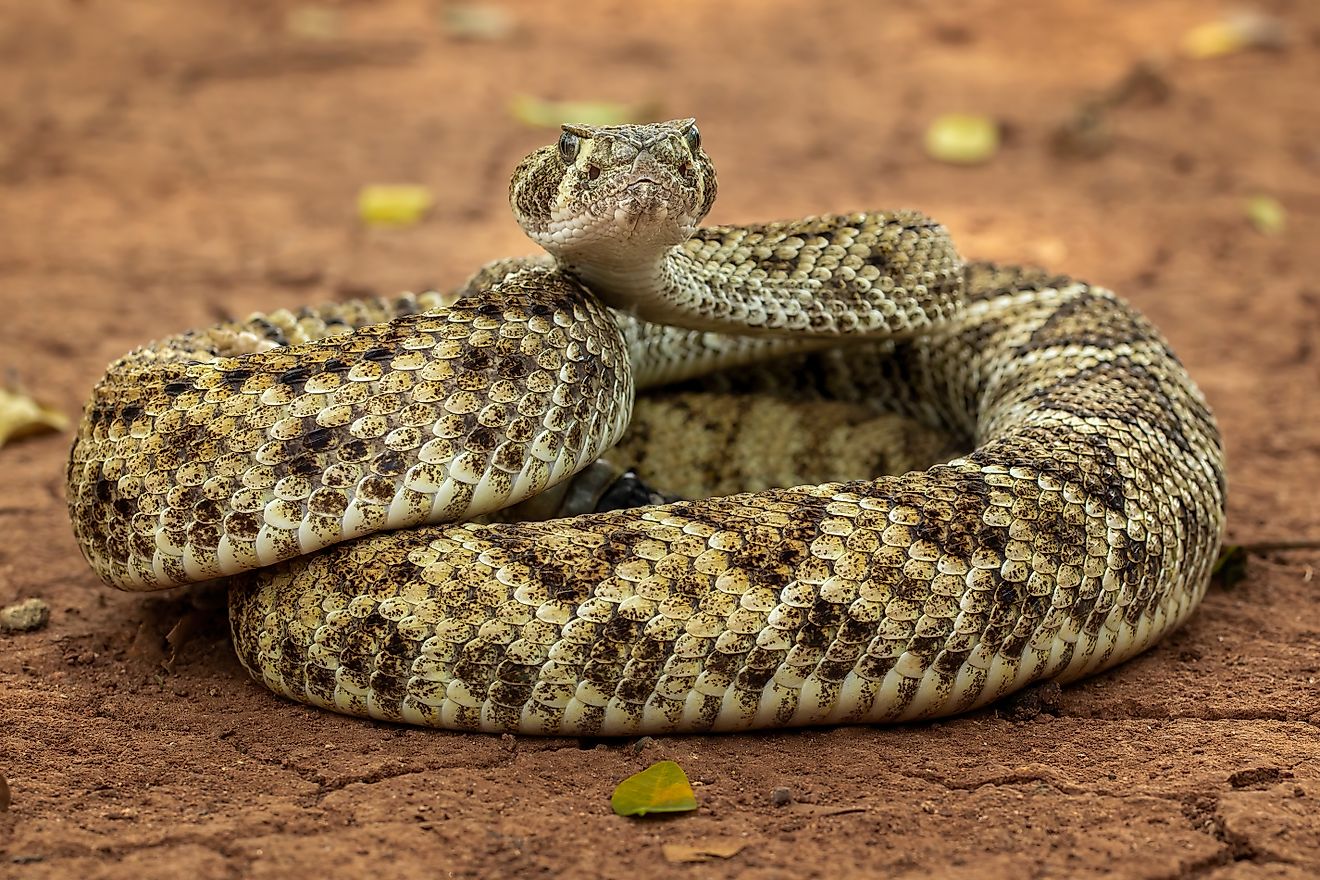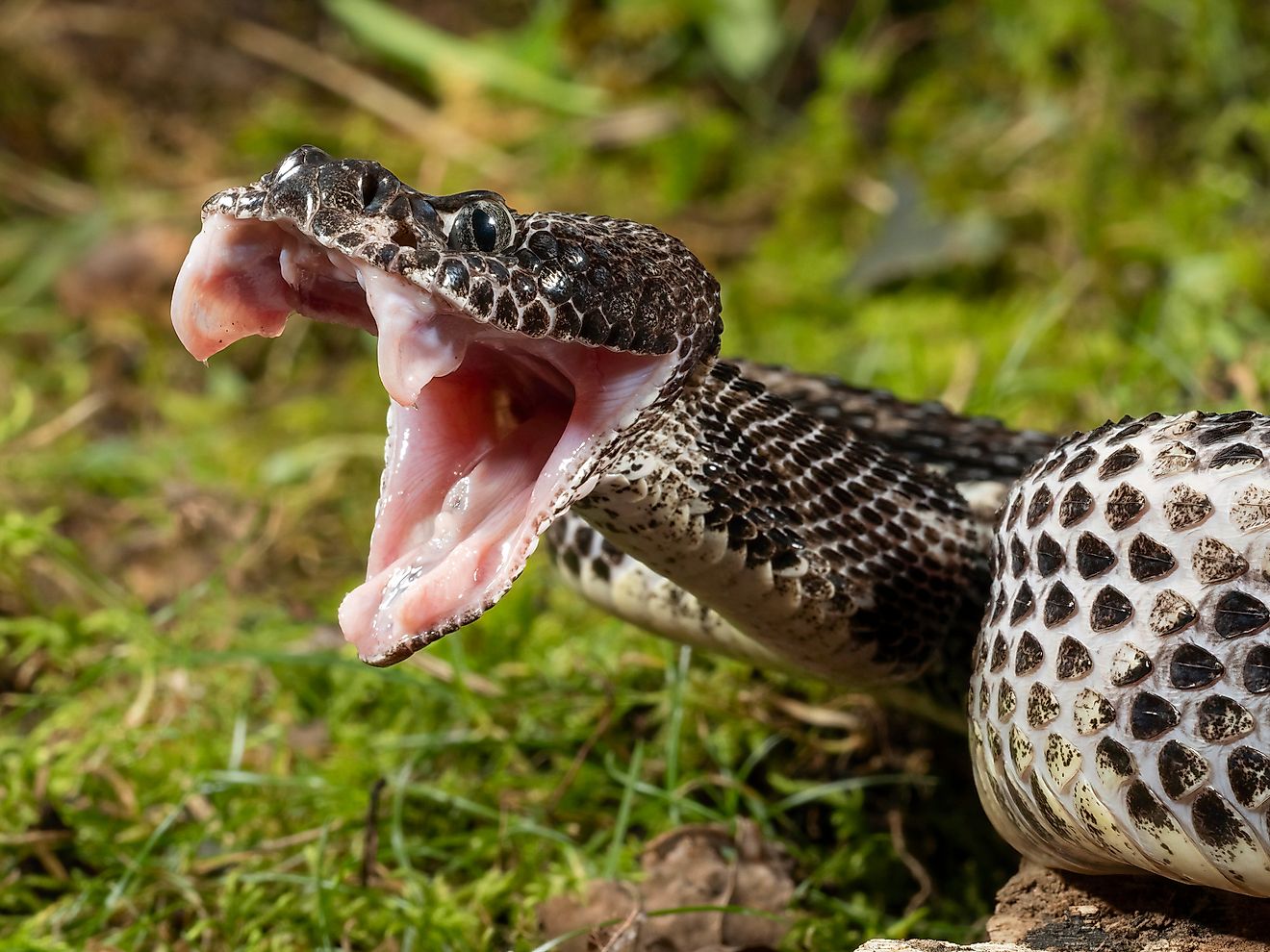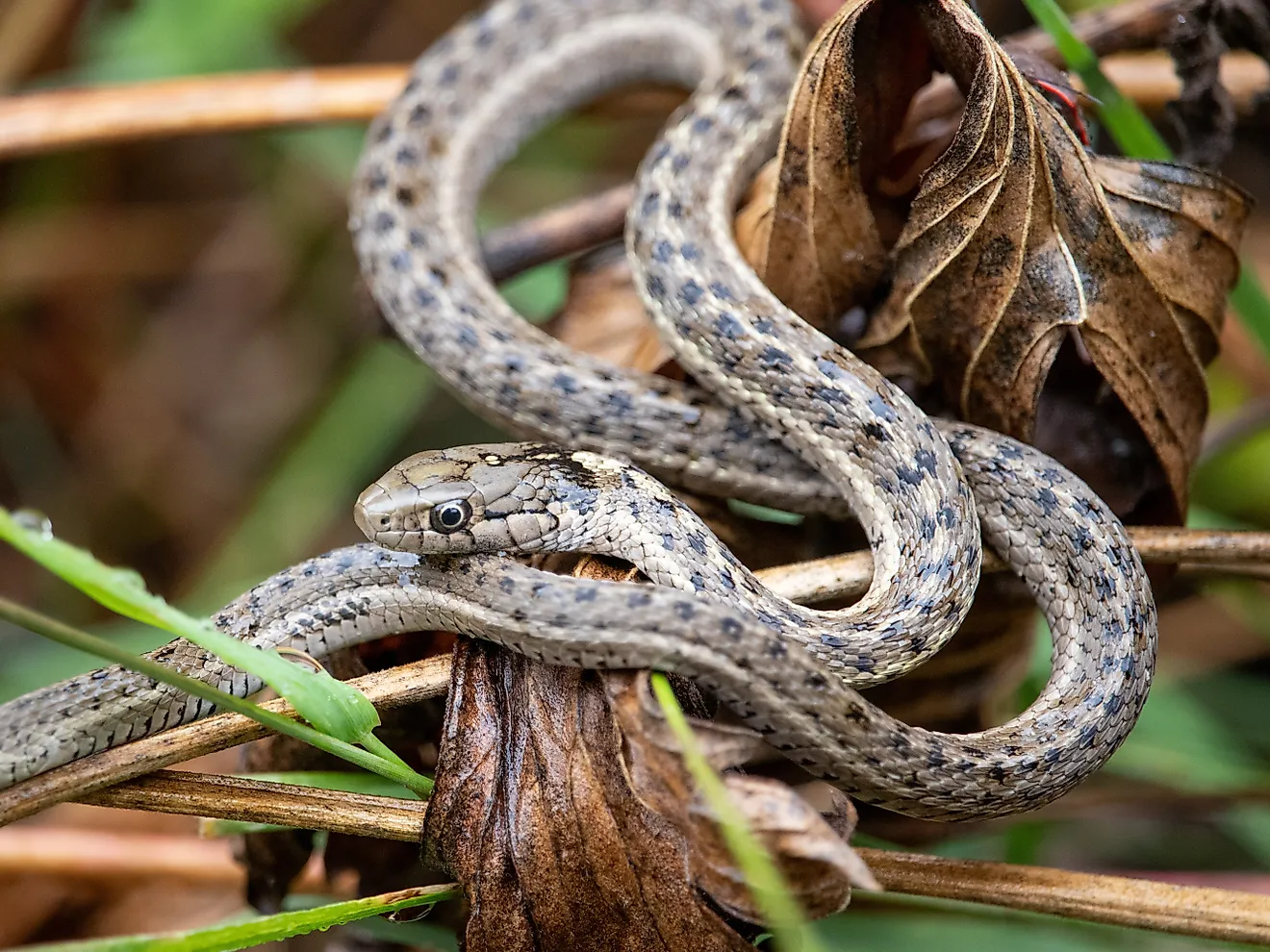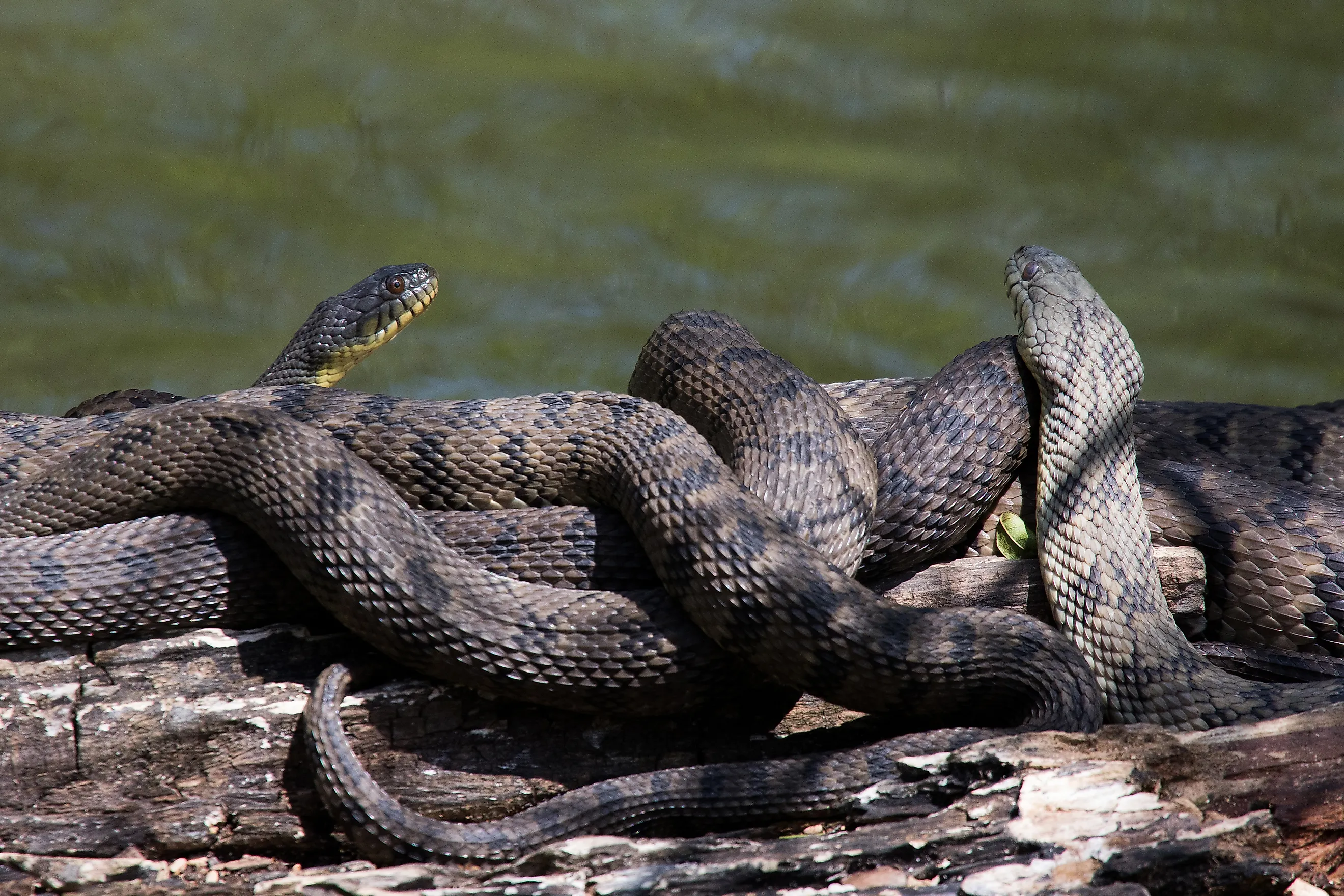
5 Most Snake-Filled Bodies Of Water In Arkansas
With an estimated 39 native snake species, Arkansas is a hotbed for reptile activity, from the rolling hills of the Ozarks to the banks of the Mississippi River. The state has a huge selection of lakes, creeks, rivers, swamps, and other wetlands within its borders, due to which numerous different reptiles of all sorts call it home. This article will focus on snakes, including where to find them, their behaviours, and how best to interact with them in their natural environments. Read on to uncover which bodies of water host the greatest populations of these snakes, both venomous and non-venomous.
Lake Conway
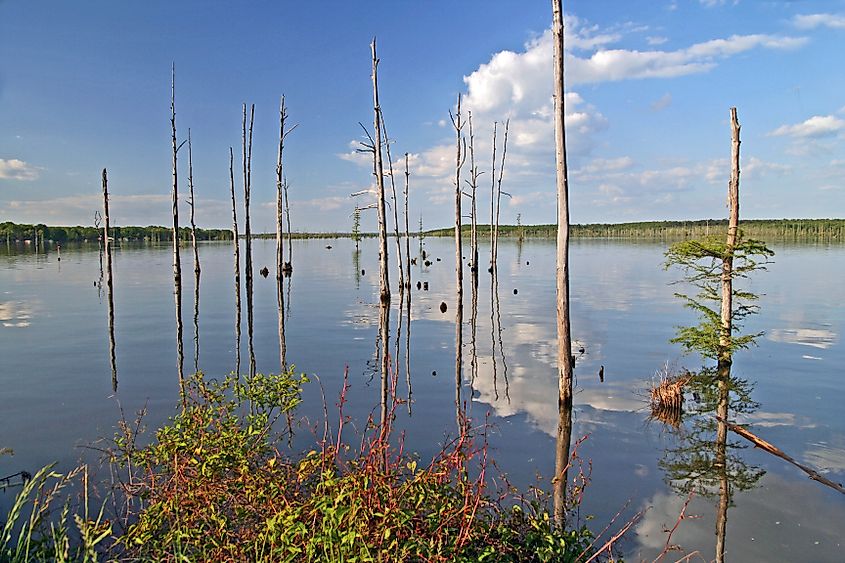
Situated just south of the city of Conway, this 6,700-acre reservoir is a bit more urban, meaning snake-human encounters are quite common here. Shallow depth, abundant vegetation, and an irregular shoreline provide ideal shelter for several snake species in and around this body of water.
Snakes that can be found in this area include diamondback watersnakes, which are non-venomous, and venomous species such as cottonmouths and copperheads, all of which are highly territorial. Western cottonmouths are particularly present in large numbers, especially in the backwater areas where water is stagnant and cover is dense. These semi-aquatic snakes are often seen resting on logs or swimming near the edges of coves.
Due to the lake’s proximity to urban areas and its popularity with anglers, you need to know how best to deal with encounters with these creatures. This means that you should watch your step, especially in rocky and/or grassy areas, be aware of where you are swimming, and avoid backing the snakes into corners, where they will almost certainly become defensive.
Millwood Lake
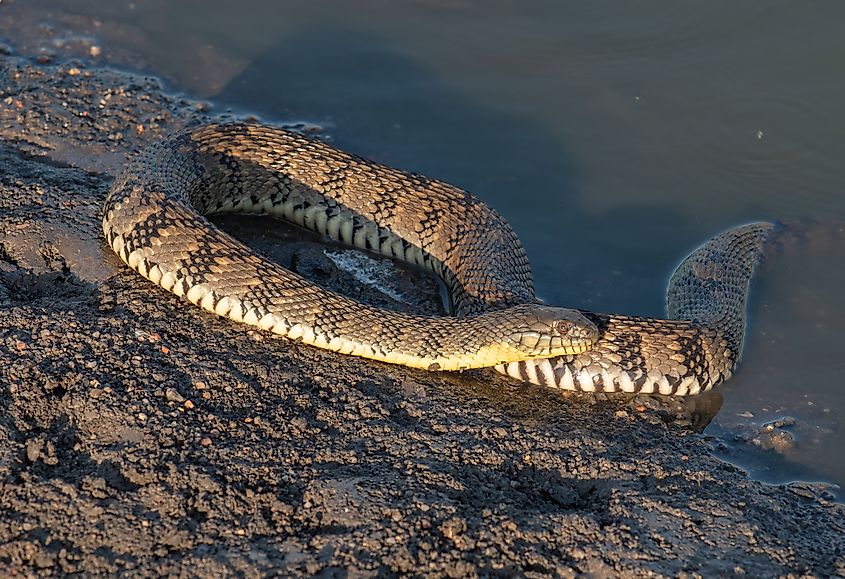
Located in southwestern Arkansas, Millwood Lake is definitely one of the state’s most snake-populated bodies of water. The lake’s sprawling backwaters and swamps create prime conditions for a number of reptiles, including alligators, turtles, and, of course, a high concentration of various snake species. The sheer amount of ecological diversity here makes it a notable hotspot for researchers and outdoor enthusiasts, who should remain cautious at all times while exploring the reservoir's waters.
Among the most common are cottonmouths and copperheads, which thrive in the lake’s murky, slow-moving waters. These venomous snakes are often spotted along the shoreline and near boat ramps. Other species, such as diamondback water snakes and banded water snakes, are also prevalent and frequently mistaken for cottonmouths due to similar behavior. With nearly 30,000 acres of aquatic habitat, Millwood supports a robust snake population that remains active from spring through early fall.
Petit Jean State Park
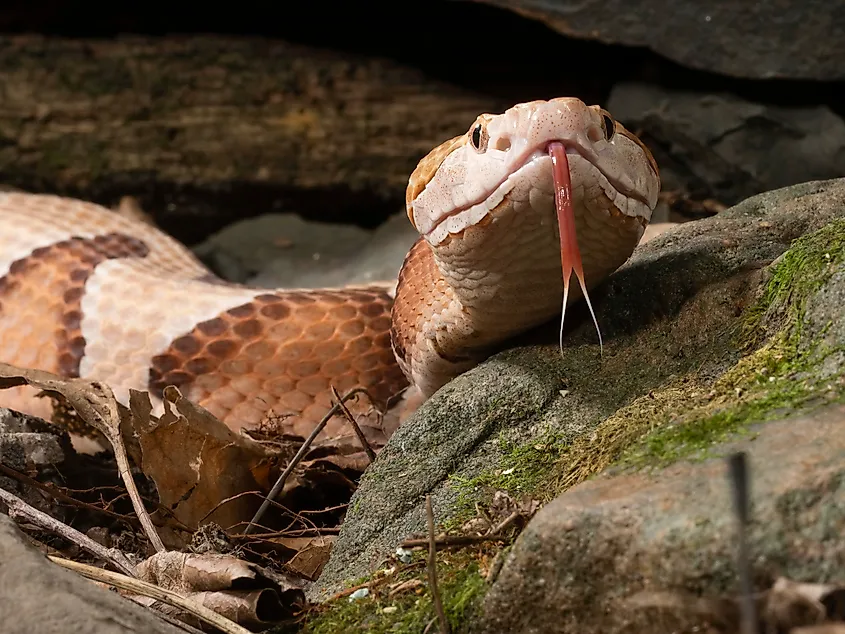
Also located near Conway County, Petit Jean State Park supports a wide range of native Arkansas snake species due to its mix of rocky terrain, forested slopes, creeks, and lakes. The most commonly reported snakes in the area include non-venomous species such as the rough green snake, western ribbon snake, and eastern hognose. Timber rattlesnakes and copperheads, both venomous, are also often spotted here, especially in less-trafficked wooded sections and bluff areas.
Park staff and local wildlife surveys confirm seasonal peaks in sightings during the hotter months of the year, particularly from April through October. While snake populations here are not as concentrated as in the delta wetlands, Petit Jean’s biodiversity and network of hiking trails result in frequent encounters. Because of this, the park also remains an essential location for regional reptile monitoring and environmental education in the state.
Dale Bumpers White River National Wildlife Refuge
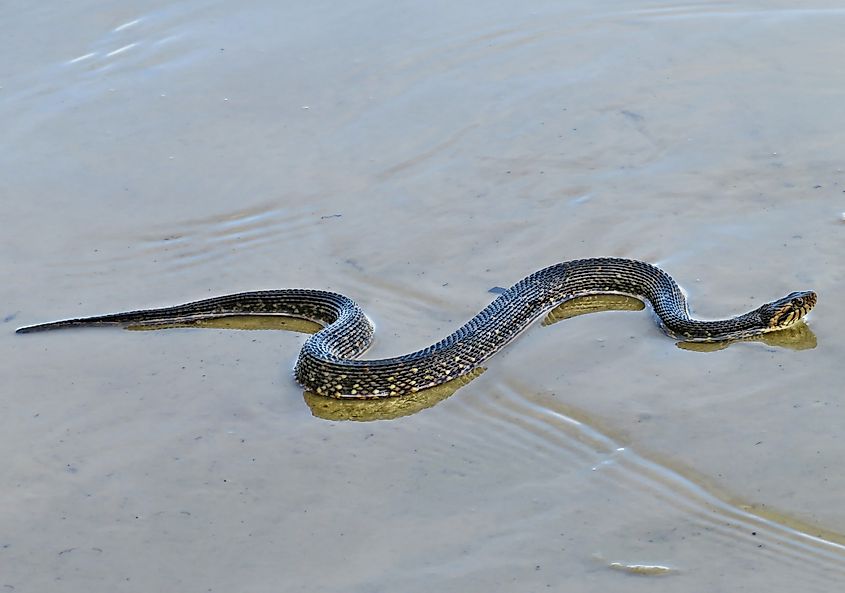
This protected area in eastern Arkansas contains a network of lakes, bayous, and oxbow ponds supporting one of the state's highest concentrations of aquatic and land-living snakes. The region’s swamps and flooded forests provide ideal cover, breeding conditions, and feeding grounds for most species. Note that researchers conducting reptile population surveys have documented significant snake activity during seasonal high water, so be sure to check in about park conditions with the visitor center if snakes are a concern to you.
The refuge’s backwaters are an ideal habitat for northern cottonmouths, a venomous species often observed hanging out on logs or hunting along muddy banks and forested areas. Non-venomous water snakes here, especially the diamondback watersnake, banded, and plain-bellied varieties, are abundant and active from spring through to the early days of fall.
Hot Springs National Park
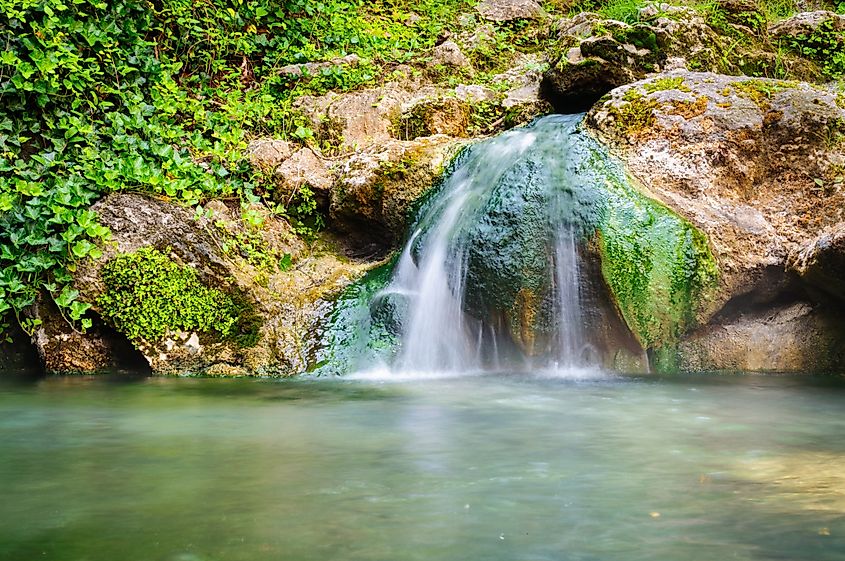
Seated in the Ouachita Mountains, Hot Springs National Park is home to a variety of water bodies, from streams to natural hot springs, and up to 28 different snake species!
The park's diverse ecosystems, ranging from thermal springs to forested trails, boast both venomous and non-venomous snakes. Among the several venomous species present, the copperhead is the most commonly encountered, often seen along trails. Other venomous residents include timber rattlesnakes, southern copperhead, pygmy rattlesnakes, and water moccasins (cottonmouths). Non-venomous species such as black rat snakes, speckled kingsnakes, and various water snakes also thrive here, playing crucial roles in controlling rodent populations and maintaining the preserve's ecological balance.
While exact population numbers are tough to gauge, the park's rich biodiversity and protected status contribute to robust populations across all sorts of animal species, from large mammals to reptiles. With this, visitors at this popular destination are advised to stay on designated paths and remain vigilant, especially during the summer when snake activity is at its highest.
Know Where to Find Arkansas' Snakes
Arkansas’s varied lakes, wetlands, and forested parks support a wide array of snake species, many of which thrive in habitats shaped by the state's generally warm temperatures, meandering waterways, and vast amounts of biodiversity. From venomous cottonmouths in delta backwaters to reclusive timber rattlesnakes in upland forests, Arkansas's diverse terrain offers prime conditions for snakes in its watery regions and on land.
Whether visiting for research or recreation, understanding the local wildlife here is essential for the safety and conservation of both you and the snakes who call it home.
